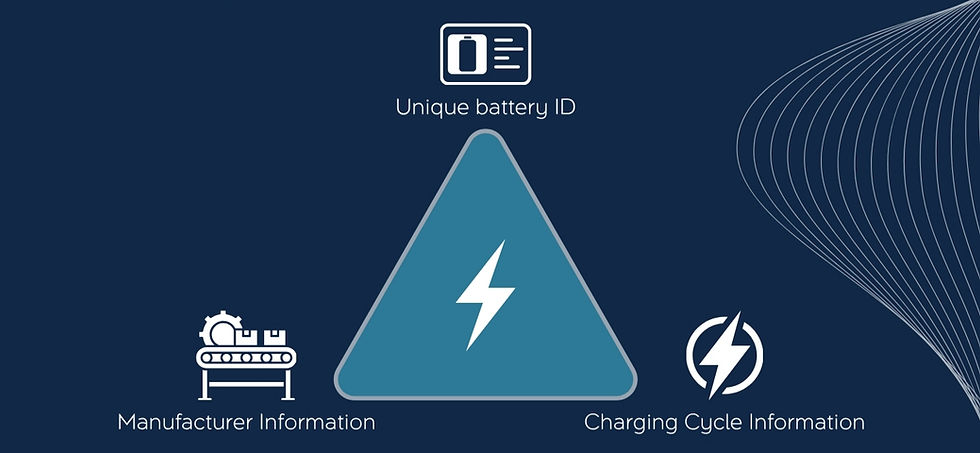LFP vs. NMC: Why the Cost-Driven Shift Is Reshaping the EV Battery Market?
- valery_noryk

- Aug 14
- 2 min read
The electric vehicle battery market is in the middle of a fundamental transformation. Lithium Iron Phosphate (LFP) batteries, once seen as the budget alternative to Nickel Manganese Cobalt (NMC) cells, are rapidly gaining market share across all major EV regions.
While LFP batteries have lower energy density and slightly weaker high-performance characteristics, they are becoming the preferred choice for many OEMs because of their cost advantages and supply chain resilience. Performance is now “good enough” for most mainstream EV applications, making the lower price tag impossible to ignore.
From China to the West — A Global Pattern of Using LFP and NMC
China leads the global shift with LFP technology now — a level of market penetration unmatched anywhere else. This dominance has been fueled by a combination of aggressive domestic manufacturing capacity, government policy support, and cost-focused innovation from Chinese battery makers.
Meanwhile, Europe and North America are beginning to follow a similar upward trajectory, although they are starting from a much smaller adoption base. The trend is unmistakable: across regions with very different market conditions, LFP is steadily capturing a larger share of the EV battery mix. This parallel movement points to a structural, long-term transition toward LFP chemistry — one driven primarily by cost savings, supply chain resilience, and scalability, rather than purely by engineering performance metrics.
The Numbers Behind LFP’s Cost Advantage
Over the past two years, battery cell prices have fallen by as much as 60% due to scaling and manufacturing efficiencies. Even so, LFP remains significantly cheaper than NMC — now dipping below $45/kWh, compared with roughly $76/kWh for NMC cells.

A 50 kWh battery pack comparison illustrates the point:
NMC Pack: $4,800–$5,000 total cost
LFP Pack: $3,250–$3,450 total cost
This difference — around $1,200–$1,300 per pack — equates to a competitive advantage that can transform EV pricing and profitability for manufacturers.
Why This Shift Matters for Your Business?
The move toward LFP over NMC will influence:
Vehicle pricing strategies and competitiveness
Raw material sourcing and supply chain risk
Market positioning across different EV segments
Long-term profitability and investment planning
This isn’t just a trend — it’s a structural shift that will define EV economics for the next decade.
At ALEXEC Consulting, we help OEMs, suppliers, and investors navigate the LFP vs. NMC transition with tailored, data-driven solutions. From cost modeling and technology adoption plans to supply chain optimization, we ensure you stay ahead of the curve.
Contact us today to secure your competitive edge in the new era of EV battery chemistry.





Comments